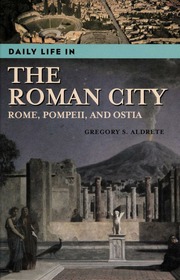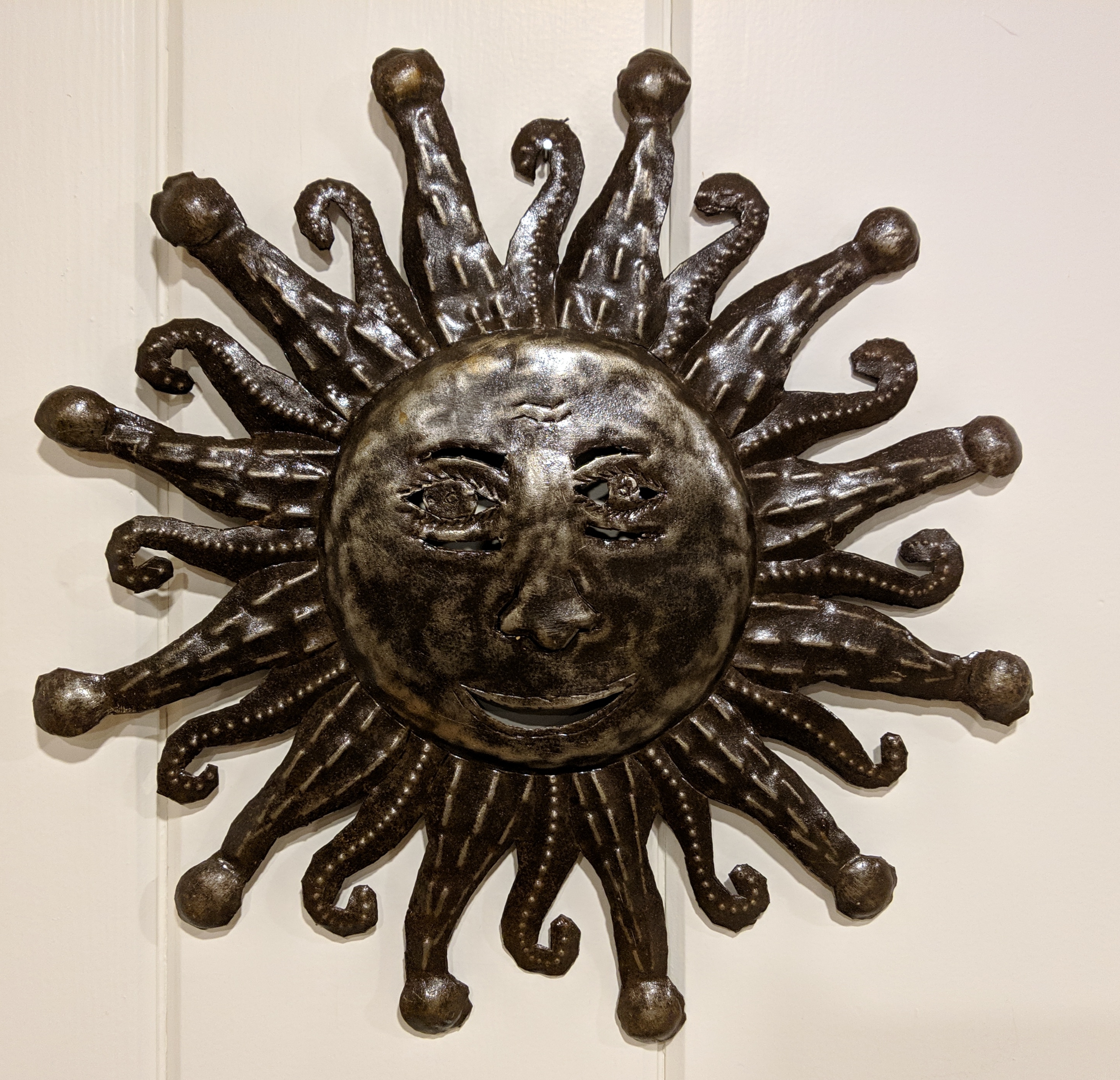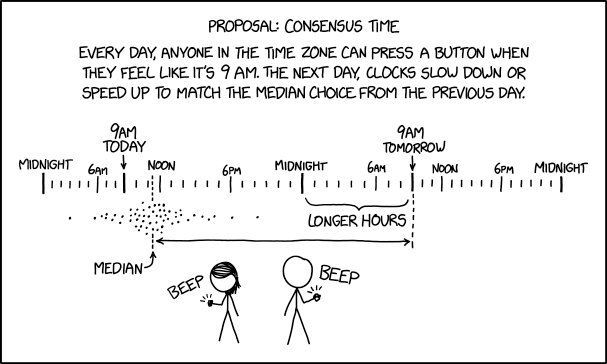Roman hours were not of a fixed length because they simply equal to the amount of light or darkness on a given day divided by twelve. Since the amount of daylight varies greatly from day to day over the course of the year—with perhaps as many as 15 hours of daylight in the summer and only 8 or 9 in the winter—a Roman hour in the summer might be equivalent to a modern hour and a half, and, similarly, in the winter, a Roman hour might be only 40 of our minutes long.
That’s almost a necessity if you use a sun clock as your primary time measurement device.
How so?
Before the sundial, the day was just before noon and after noon. The 12 hour day (and 12 hour night) came in once they had sundials, 263 BC.
Sundials do not need calibration for latitude or day length. Romans made a conscious choice to have 12 day and 12 night hours rather than sunrise and sunset at different times throughout the year.
See https://www.macmillanhunter.co.uk/time/measurement-of-time/what-is-the-equation-of-time/ for an explanation, and how it’s corrected on sun dials.
That’s super cool, but it’s just a distortion of time on a sundial, it’s not a purposeful distortion of hours. Nor does it align with the summer and winter hours (the distortions are offset from the solstices).
It’s called Temporal Hours or Unequal Hours https://en.wikipedia.org/wiki/Unequal_hours
In Japan there are still clock makers that make unequal hour clocks and watches called Wadokei
I love the internet. Thanks for sharing this.
Wasn’t this also the case in medieval England? The church rang the hours, but the time between them was calculated based on the length of the day?
The fixed-length hour is a surprisingly modern conceit, like universal timezones.
Oh, man, I thought I was on to something with my idea a while back. Turns out it’s already been done. Bummer.
I suggest a compromise which everyone with a smart phone can use - “Personal Daylight Time” or PDT. See, we just need to put an abstraction layer between the icky science of the earth rotating and the sun being overhead at a particular time each day, which can be terribly annoying for those who talked through science class in 3rd grade.
Everyone who wants something other than “Standard” time just puts the times they’d like the sun to rise and set each day. The app then maps those times to the local sunrise and sunset. When you get your work schedule or dinner reservation, the app converts from the (completely unreadable) standard time based on your location on earth to your personal time which you feel maximizes your personal enjoyment. Likewise, you can send an invite in your time, and the recipient will see it in their time.
It’s just like having Google Calendar manage times zones for you when you have a distant Zoom call. Simple, no?
*Note: you will experience faster or slower personal seconds throughout the day depending on your preferred sunrise and sunset days, and it will vary by day.
Same in Jewish law. Still is.
Some still believe the only legitimate way of determining the length of an hour is through acrimonious debate.






